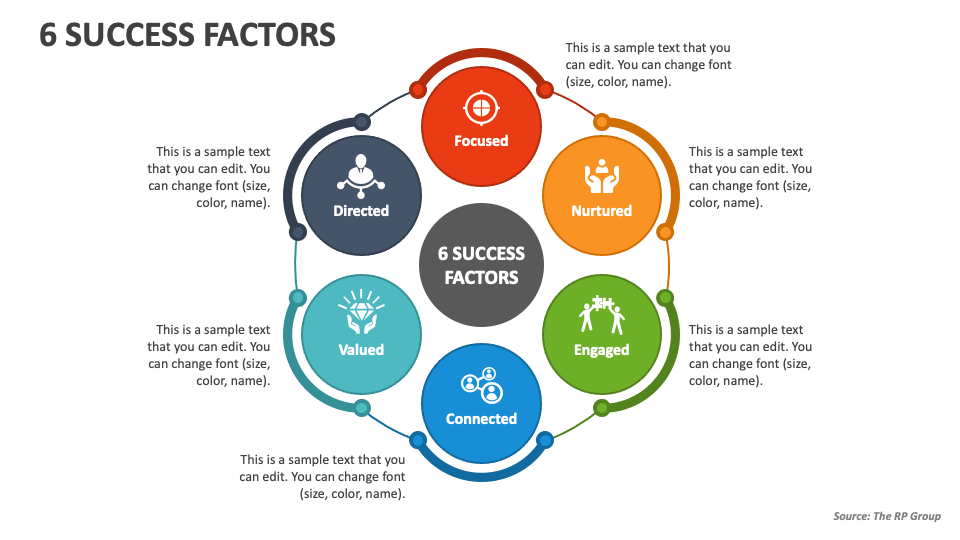Bilateral Anophthalmia: Medical Advances And Ongoing Research For Treatment And Care

Table of Contents
Understanding the Causes and Diagnosis of Bilateral Anophthalmia
Bilateral anophthalmia arises from complex interactions of genetic and environmental factors affecting eye development during pregnancy. Pinpointing the precise cause remains challenging in many cases, but research has identified several key contributors:
-
Genetic Factors: Genetic testing can identify specific gene mutations linked to anophthalmia, such as those affecting PAX6, SOX2, and other genes crucial for eye formation. These mutations can be inherited or occur spontaneously.
-
Chromosomal Abnormalities: Certain chromosomal abnormalities, like trisomy 13 and 18, are often associated with bilateral anophthalmia.
-
Environmental Factors: While less well-understood, environmental factors during pregnancy may also play a role, although their specific contribution is still under investigation. This includes potential exposure to teratogens.
Diagnostic Methods: Prenatal diagnosis of bilateral anophthalmia is possible through:
- Ultrasound scans: During routine prenatal ultrasounds, the absence of eyeballs may be detectable.
- Genetic testing: If a family history of anophthalmia exists, or if other anomalies are detected, genetic testing may be recommended.
Associated Syndromes: Bilateral anophthalmia frequently co-occurs with other syndromes, including:
- CHARGE syndrome (Coloboma, Heart defects, Atresia choanae, Retardation of growth/development, Genital abnormalities, Ear anomalies)
- Fraser syndrome
- Bohring-Opitz syndrome
Early and accurate diagnosis is crucial for initiating appropriate support and care planning.
Current Treatment Options and Medical Interventions for Bilateral Anophthalmia
Currently, treatment for bilateral anophthalmia focuses primarily on improving appearance, comfort, and overall quality of life. Key interventions include:
-
Ocular Prostheses: Custom-made artificial eyes (ocular prostheses) are designed to closely resemble the appearance of natural eyes, improving cosmetic outcomes and self-esteem. These are crafted from various materials, including acrylic, glass, or silicone.
-
Orbital Implants: These are surgically placed within the eye socket to maintain its shape and provide a foundation for the prosthesis. Materials range from medical-grade silicone to biocompatible hydroxyapatite.
-
Cosmetic Surgery: In some cases, surgical procedures may be necessary to reshape the eye sockets or address associated facial abnormalities.
The Role of Ocular Prosthesis in Bilateral Anophthalmia
Ocular prostheses are a cornerstone of bilateral anophthalmia management. The process involves:
- Measurement and molding: Precise measurements of the eye socket are taken to create a custom-fit prosthesis.
- Material selection: The choice of material depends on factors such as comfort, durability, and aesthetic considerations.
- Fitting and adjustment: Regular follow-up appointments are necessary to ensure a proper fit and address any adjustments.
- Maintenance and cleaning: Proper cleaning and care are essential for the longevity and hygiene of the prosthesis.
The quality and fit of the prosthesis significantly impact the individual's comfort and self-image.
Ongoing Research and Future Directions in Bilateral Anophthalmia Treatment
The field of regenerative medicine offers exciting possibilities for future treatments:
-
Stem Cell Therapy: Research is exploring the use of stem cells to regenerate eye tissues, potentially leading to the formation of functional eyes. This is a promising area, but still in its early stages.
-
Gene Therapy: Gene therapy holds the potential to correct genetic defects underlying anophthalmia. This approach is still under investigation, but clinical trials are underway.
-
3D Bioprinting: This innovative technology offers the possibility of creating bioengineered eye tissues that could be transplanted to restore vision.
Several clinical trials are currently investigating these and other innovative treatments for bilateral anophthalmia. These advancements offer hope for significant improvements in the future.
Support and Resources for Individuals and Families Affected by Bilateral Anophthalmia
Coping with bilateral anophthalmia requires a multifaceted approach, including medical care and psychosocial support:
-
Support Groups: Connecting with others facing similar challenges provides invaluable peer-to-peer support, shared experiences, and practical advice.
-
Patient Advocacy Organizations: These organizations offer resources, information, and advocacy for individuals and families affected by anophthalmia.
-
Counseling and Psychological Support: Addressing the emotional and psychological aspects of living with bilateral anophthalmia is crucial for maintaining well-being. Professional counseling can provide coping mechanisms and strategies for navigating the challenges of this condition.
Access to comprehensive support networks is essential for ensuring the best possible quality of life for individuals and families affected by bilateral anophthalmia.
Conclusion
Bilateral anophthalmia, while a significant challenge, is increasingly manageable thanks to advancements in medical care and ongoing research. Early diagnosis, appropriate treatment interventions like ocular prostheses and orbital implants, and access to comprehensive support services are paramount. The promise of future therapies, including stem cell and gene therapy, holds the potential to revolutionize the treatment of bilateral anophthalmia. We encourage you to connect with relevant support organizations and remain informed about the latest research developments to access the best care and support for bilateral anophthalmia. Together, we can work towards a brighter future for individuals and families affected by this condition.

Featured Posts
-
 Apple And Google A Surprisingly Beneficial Interplay
May 11, 2025
Apple And Google A Surprisingly Beneficial Interplay
May 11, 2025 -
 Payton Pritchards Breakout Season The Key Factors Behind His Success
May 11, 2025
Payton Pritchards Breakout Season The Key Factors Behind His Success
May 11, 2025 -
 Prince Andrew Accuser Involved In Suspicious Car Crash Police Investigation Underway
May 11, 2025
Prince Andrew Accuser Involved In Suspicious Car Crash Police Investigation Underway
May 11, 2025 -
 Jose Aldo Surmonter L Adversite Et Progresser
May 11, 2025
Jose Aldo Surmonter L Adversite Et Progresser
May 11, 2025 -
 Yankees Rays Injury Update April 17th 20th Series
May 11, 2025
Yankees Rays Injury Update April 17th 20th Series
May 11, 2025
